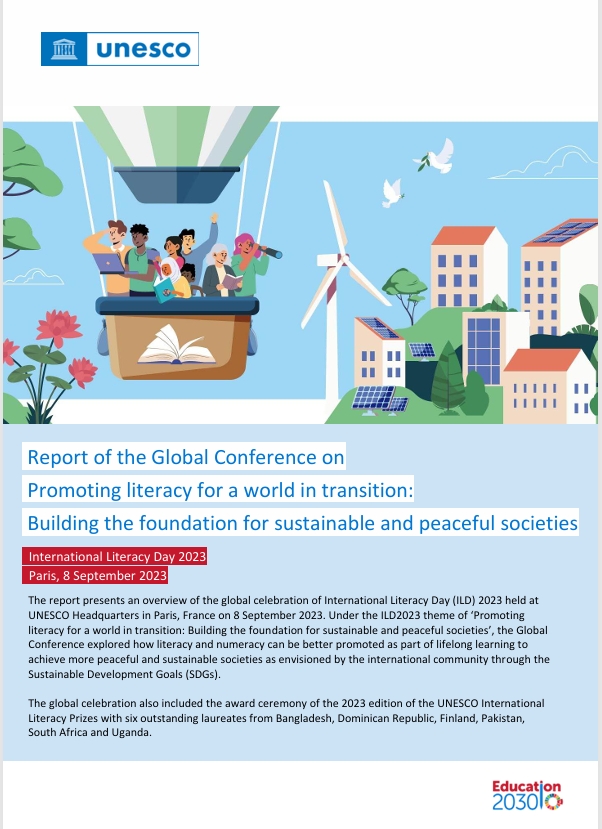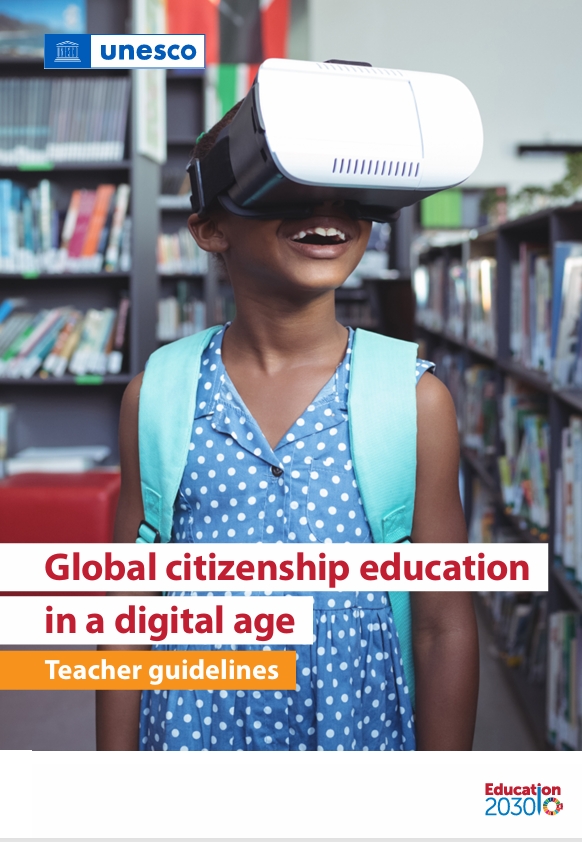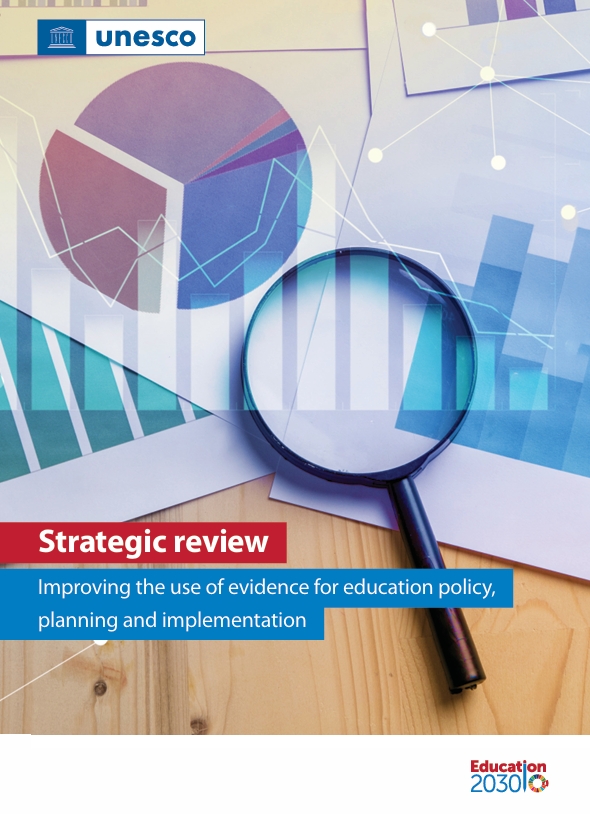Few people oppose educational equity as a policy goal in the abstract, yet it remains a fraught and contentious issue. Disputes surround not only how to achieve equity but, more fundamentally, how we define and measure it. This article draws on school finance research and policy to discuss critical questions about how we define, measure and, ultimately, address educational inequities.
A critical starting point is to recognize that equity is not synonymous with equality. In fact, equity is often very much at odds with equality because equality may represent unfairness. For example, would it be fair for all school districts to receive equal state or federal funding when some can raise substantially more revenue from their own tax bases? Is it fair for all schools or school districts to have equal resources when some face substantially higher costs to educate students?
Developing policies to achieve equity must address two critical questions: 1) how do we define equity? and 2) what policies will move us closer to achieving equity? On the first question, education finance scholars often point to three related concepts, referred to as horizontal equity, vertical equity and equal opportunity. Horizontal equity examines whether students in “equal” situations receive equal resources. Because it focuses on equality,horizontal equity is the easiest to identify and measure, but because students rarely have the same needs or circumstances, it is often the least useful concept for policymaking.
Vertical equity stresses that students with different needs should receive different levels of resources. While this is an easy concept to support in practice, the devil is in the details. What unequal circumstances qualify for additional resources and how much more should be targeted to those students? Poverty, disabilities and limited-English proficiency are common factors generating additional funding, but there are numerous other possibilities on which less consensus exists: race, immigrant status, and parents’ education level, to name several. While there are numerous “ballpark” estimates of the additional resources needed to provide equitable educational opportunities, the estimates can vary widely from state to state and researcher to researcher.
Equal opportunity focuses on whether the resources available to a student are systematically linked to factors that might be considered “illegitimate.” Again, we can identify a myriad of possible factors, such as income and race. Because the vast majority of local resources for education are raised through property taxes, though, equal opportunity often focuses on whether spending is primarily a function of a school district’s wealth, thereby violating the principle of equal opportunity. But what if some portion of the relationship is due to wealthier school districts choosing to tax themselves more heavily than poorer districts and is not simply attributable to wealth differences? Here, the legal and policy implications are murkier.
Achieving equity in the United States is also complicated by the multiple decision points affecting students at the federal, state and local levels, with disparities emerging at each level.
Average education spending in New York ($19,818 in 2013-14), the highest spending state, is over three times that in Utah ($6,555), the lowest spending. Even the lowest spending district in New York spends over twice the average in Utah. At the same time, within New York State, ignoring the five percent of the highest and lowest spending districts to eliminate outliers, spending varies by almost $12,000 per student.
Less well-documented are disparities across schools within the same district. My colleagues and I have studied spending patterns in large districts such as New York City, Chicago and Cleveland, and consistently found systematic differences in resources across schools within these districts (Rubenstein, et al., 2007; Stiefel, Rubenstein and Berne, 1998). And, as documented by Owens, Reardon and Jencks (2016) income segregation within the largest school districts increased by 40 percent between 1990 and 2012. Resource disparities typically are not caused by intentional decisions to allocate less to schools serving higher proportions of students from poverty or with special needs. Instead, they are often driven by the sorting of teachers within districts that tends to concentrate less experienced, less educated – and therefore lower paid – teachers in high-need schools. Thus, the level of resources available to each student depends critically on the state, the district, the school and perhaps even the classroom in which the student is enrolled, and on resource allocation decisions made at each of these levels.
Critically, inequities begin early and persist throughout students’ academic careers. According to Wyner, Bridgeland and Dilulio (2007), only 28 percent of higher-achieving first graders come from families in the lower half of the income distribution. While most higher-achieving students from lower-income families do go on to college, only 54 percent complete a bachelor’s degree, as compared to 78 percent of higher-achieving students from higher income families. College attendance and graduation gaps between students from high income and low income families also have grown over time (Bailey and Dynarski, 2011).
Given how much educational inequity is linked to factors outside the education system, such as growing income inequality and housing segregation, it may be asking too much of schools to expect them to single-handedly eliminate the effects of these inequities.
Eliminating educational inequities must begin with a recognition that resources do matter and that schools serving students most at risk require a commitment of more intensive resources. Efforts to increase resources in these schools and districts often are stymied by claims that, in the past, higher spending has not always resulted in higher achievement. Devoting spending increases primarily to across-the-board teacher raises, with the largest gains accruing to the most experienced, highly-paid teachers, for example, is unlikely to significantly move the needle on achievement. However, effectively targeting resources to the schools and students most in need is a necessary, if not always sufficient, response to inequities. States also must commit to research in order to accurately identify the level of additional resources required, and to then commitment funding to closing gaps over the long-term.
A large research base has accumulated demonstrating the long-term cost-effectiveness of investments in early childhood education. Reducing achievement gaps before students reach secondary and post-secondary education is critical. A growing body of research also shows that even efforts targeted to high school and college students can help to reduce disparities in students’ opportunities. Many states adopting transparent merit-based college-scholarship programs, in which all students reaching certain high school performance goals receive free or drastically reduced college tuition, have seen reductions in college-going gaps between white and minority students (Dynarski, 2004). Place-based scholarship programs such as the Kalamazoo Promise, in which all students graduating from specific high-poverty urban school districts qualify for free college tuition, also have been shown to increase high school outcomes and college matriculation (Bartik and Lachowska, 2012; Andrews, DesJardins and Ranchhod, 2010). While policymakers often focus on dramatic, large-scale efforts, small programs can pay big dividends. For example, Georgia State University has drawn national attention for eliminating graduation gaps by race, poverty and first-generation college-going status. The university uses a diversified approach that includes advanced data analytics to identify students at-risk and targeting support such as micro-loans and hands-on advising. It is now working with a consortium of other public research universities to scale up these interventions.
It is worth noting that the examples above are not exclusively publicly-funded. Most include a mix of public, private and not-for-profit funding. Given the highly decentralized nature of education in the United States, it is these types of collaborative efforts, big and small, stretching from preschool to higher education, that hold the greatest promise for reducing seemingly-intractable inequities.References
Andrews, R. J., DesJardins, S., & Ranchhod, V. (2010). The effects of the Kalamazoo Promise on college choice. Economics of Education Review,29(5), 722-737.
Bailey, M. J., & Dynarski, S. M. (2011). Gains and gaps: Changing inequality in US college entry and completion (No. w17633). National Bureau of Economic Research.
Bartik, T. J., & Lachowska, M. (2012). The short-term effects of the Kalamazoo Promise scholarship on student outcomes (No. 12-186). WE Upjohn Institute for Employment Research.
Dynarski, S. (2004). The new merit aid. In College choices: The economics of where to go, when to go, and how to pay for it (pp. 63-100). University of Chicago Press.
Owens, A., Reardon, S. F., & Jencks, C. (2016). Income Segregation Between Schools and School Districts. American Educational Research Journal, 0002831216652722.
Rubenstein, R., Schwartz, A. E., Stiefel, L., & Amor, H. B. H. (2007). From districts to schools: The distribution of resources across schools in big city school districts. Economics of Education Review, 26(5), 532-545.
Stiefel, L., Rubenstein, R., & Berne, R. (1998). Intra-district equity in four large cities: Data, methods and results. Journal of Education Finance, 23(4), 447-467.
Wyner, Joshua S., John M. Bridgeland, and John J. DiIulio Jr. “Achievementrap: How America is Failing Millions of High-Achieving Students from Lower-Income Families.” Civic Enterprises (2007).






